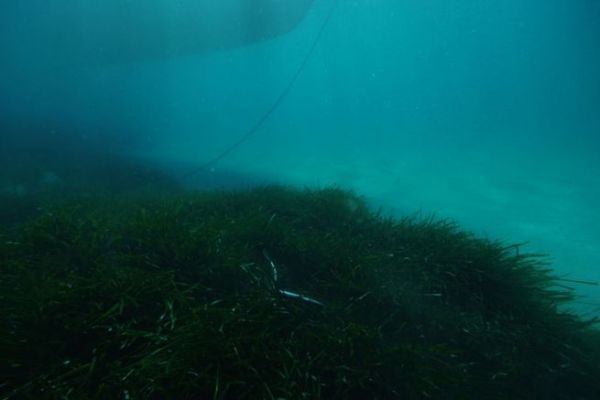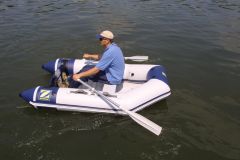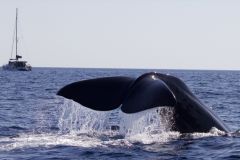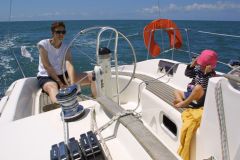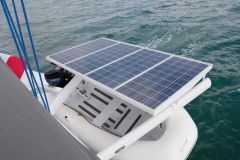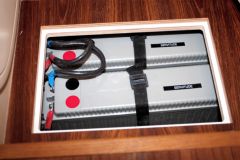When we drop anchor, we think first and foremost of the safety of our mooring. Yet beneath the surface, this harmless gesture can cause considerable damage to fragile ecosystems. Posidonia meadows uprooted, coral reefs shattered, marine fauna disturbed... The impact of anchoring on the seabed is a reality that yachtsmen are often unaware of. Fortunately, solutions exist to limit these effects and adopt a more respectful approach to navigation.
To better understand these issues and discover best practices, we interviewed Evelyne Chavent, marine biologist and specialist in underwater habitats. Drawing on the expertise she has acquired over the years in the field, she shares with us concrete solutions for preserving the oceans while enjoying the pleasures of sailing.
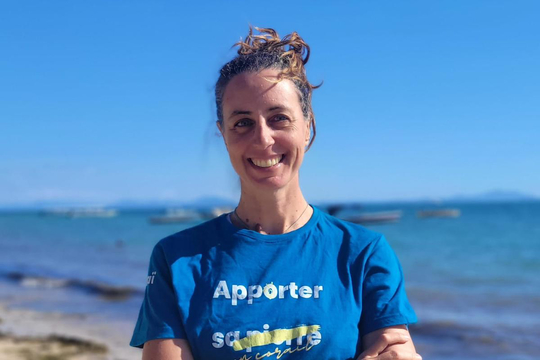
Q: Evelyne, why can anchoring boats be a threat to the seabed?
Evelyne Chavent anchoring can cause considerable damage, particularly to Posidonia meadows, which play an essential role in oxygenating and stabilizing marine soils. A falling anchor can tear off leaves and even dig up entire roots. Add to this the mowing effect caused by the chain raking the seabed, and you get a progressive destruction of marine habitats. This also results in the spread of invasive species (Caulerpa cylindracea algae), preventing any recolonization by Posidonia.
Q: Which ecosystems are most affected?
Evelyne Chavent posidonia meadows are particularly vulnerable. In the Mediterranean, they have already lost almost 34% of their surface area in 50 years. These underwater meadows, which produce between 14 and 20 liters of oxygen per square metre every day, are vital to the marine ecosystem. Coral reefs are also highly exposed: a misplaced anchor can shatter entire colonies, jeopardizing their regeneration.
These losses have a direct impact on biodiversity, threatening the many species that depend on these habitats.
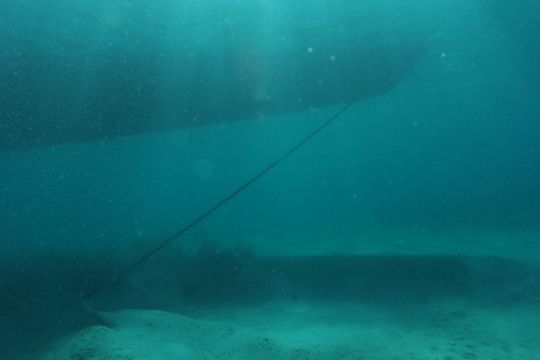
Q: Is it still possible to wet without impacting the environment?
Evelyne Chavent : Yes, but it's essential to adopt responsible practices. For example, choosing sandy bottoms for anchoring avoids destroying seagrass beds. You should also check local regulations, or use a rope to pull up your anchor cleanly and avoid dragging it. Some areas now prohibit anchoring on seagrass beds, a measure that is becoming more widespread.
Q: What are the innovative solutions for more environmentally-friendly anchoring?
Evelyne Chavent there are several interesting alternatives:
- Ecological moorings, permanently fixed to sandy or rocky bottoms, allow boats to moor without damaging marine habitats.
- Ecological mooring buoys, already in place in several marine protected areas. They enable yachtsmen to moor without dropping anchor.
- High-performance anchors (such as Spade, Mantus or Rocna models), designed to limit their impact by penetrating the sand more effectively without ploughing the seabed. There's also the "Stop-Anchor" system. This is a solution to be adapted to flat anchors that favors rapid, stabilized burial, thus reducing damage to the seabed.
- Anchoring screws, successfully tested in certain sensitive and heavily frequented areas. Inspired by the principle of Archimedes' screws, these structures sink deep into the substrate without altering marine habitats. They offer exceptional support while limiting ecological impact.
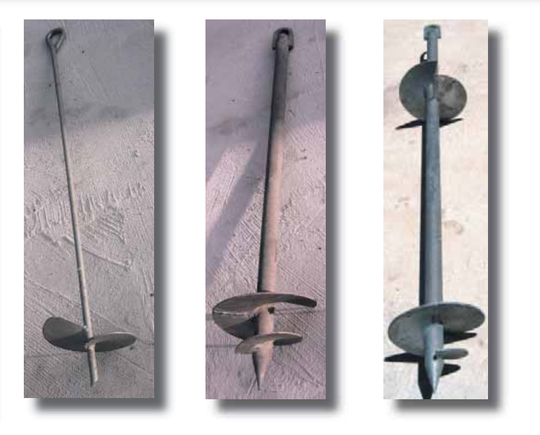
Q: What role can sailors play in protecting the seabed?
Evelyne Chavent boaters have a key role to play in incorporating these best practices into their sailing. They can also raise awareness among those around them, pass on these responsible gestures to crew members and support local initiatives to preserve sensitive areas. Agreeing to pay a contribution to the upkeep of environmentally-friendly moorings is also an important lever for making these infrastructures more widespread.
Q: Any last words of advice for boaters?
Evelyne Chavent at sea, taking the time to observe before dropping anchor is the first step. There's always something magical to see: birds, cetaceans, fish... and seagrass beds to preserve. By adopting these simple gestures, every sailor can become an agent of change.
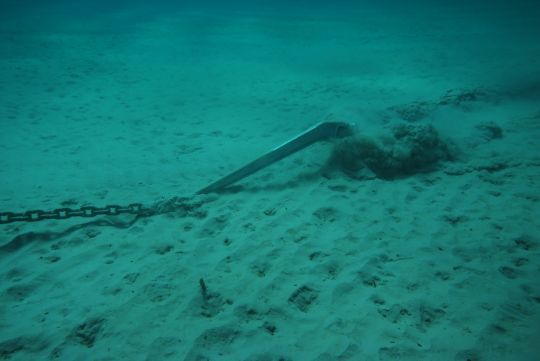
Anchoring your commitment as much as your boat
Preserving the seabed is a collective responsibility that relies as much on technological advances as on the daily actions of sailors. As Evelyne Chavent reminds us, every anchor can make a difference.
By promoting respectful practices and supporting alternative solutions, it is possible to reconcile the pleasure of navigation with the protection of marine ecosystems.
Preparing your itinerary, choosing a suitable anchorage, finding out about local regulations: these are all reflexes that, in the long term, will help preserve the richness and biodiversity of our oceans.
"We do not inherit the sea from our ancestors, we borrow it from our children." âeuros Antoine de Saint-Exupéry

 /
/ 